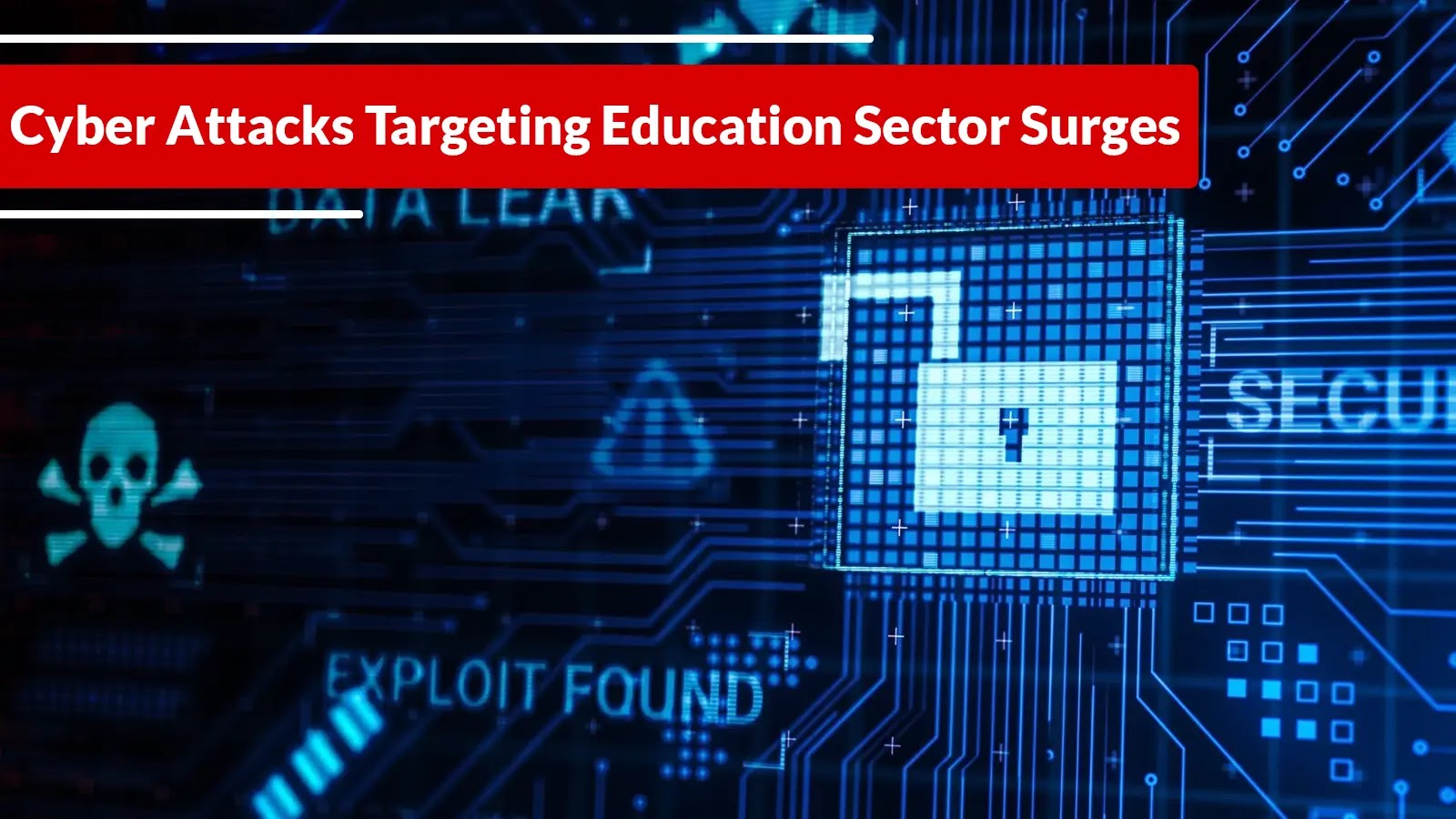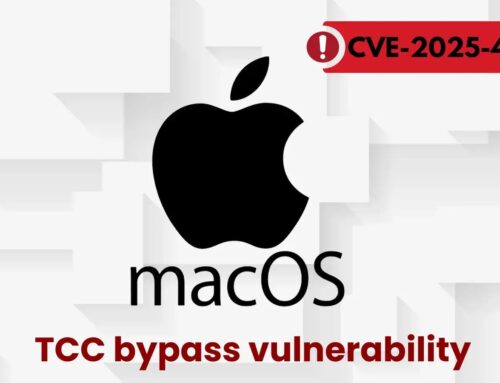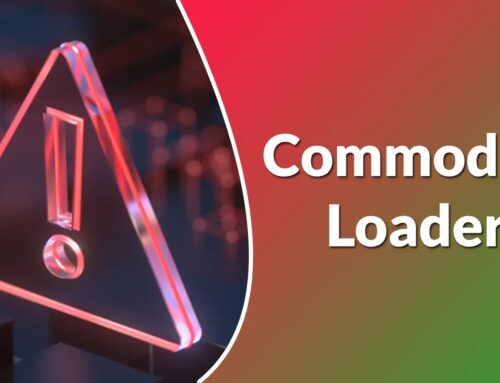
Cyber Attacks Targeting Education Sector Surges Following Back-to-School Season
Cyber Attacks Targeting Education Sector Surges Following Back-to-School Season
As the academic year kicks into high gear, a worrying trend has emerged: a significant surge in cyberattacks against educational institutions worldwide. The back-to-school season, a period traditionally associated with learning and growth, has unfortunately become a prime opportunistic window for malicious actors. This escalating threat landscape demands immediate attention and robust defensive strategies from school districts, universities, and educational technology providers alike. Understanding the nature of these attacks and implementing proactive cybersecurity measures is no longer optional; it is fundamental to safeguarding the integrity of our educational systems and the sensitive data they hold.
The Escalation: A Deep Dive into the Numbers
The data paints a stark picture of the increased threat. According to recent intelligence, the period from January to July 2025 saw an average of 4,356 weekly cyber attacks targeting the education sector. This figure represents a staggering 41 percent year-over-year increase. Such a dramatic rise underscores the growing appeal of educational institutions as targets for cybercriminals. The sheer volume of sensitive personal data – including student records, financial information, and research data – combined with often under-resourced IT departments, creates an attractive environment for exploitation.
Common Attack Vectors Exploited
Cybercriminals employ a diverse array of tactics to infiltrate educational networks. While sophisticated delivery mechanisms are perpetually evolving, several common attack vectors stand out due to their prevalence and effectiveness:
- Credential-Harvesting Phishing Domains: This remains a cornerstone of many cyberattacks. Attackers craft seemingly legitimate emails or websites designed to trick staff and students into divulging their login credentials. Once obtained, these credentials provide a gateway to various internal systems, leading to data breaches, ransomware deployment, or further network lateral movement.
- Ransomware: A particularly disruptive form of attack, ransomware encrypts vital data and demands a ransom payment for its decryption. Educational institutions, reliant on access to academic records, research data, and administrative systems, are highly susceptible to the operational paralysis caused by ransomware. The disruption to learning and research can be catastrophic. Although specific CVEs related to ransomware delivery mechanisms vary widely depending on the initial exploit, common vulnerabilities in unpatched software are often leveraged. For instance, exploits targeting unpatched remote desktop protocol (RDP) vulnerabilities or server message block (SMB) vulnerabilities (e.g., related to CVE-2017-0144 for EternalBlue, though less common now, illustrates the type of exploit) can provide initial access.
- Distributed Denial of Service (DDoS) Attacks: These attacks overwhelm network resources, making websites, online learning platforms, and other critical services unavailable. During peak academic periods, a DDoS attack can severely impact online examinations, course registration, and communication channels.
- Vulnerability Exploitation: Attackers constantly scan for and exploit known weaknesses in software and hardware used by educational institutions. This includes vulnerabilities in learning management systems (LMS), student information systems (SIS), network devices, and operating systems. Maintaining a rigorous patching regimen is crucial to mitigating these risks.
Why Education is a Prime Target
Several factors contribute to the education sector’s vulnerability:
- Abundance of Sensitive Data: Educational institutions house vast quantities of personally identifiable information (PII) belonging to students, faculty, and staff, along with financial data, research intellectual property, and medical records. This makes them rich targets for data theft and subsequent sale on the dark web.
- Open and Decentralized Networks: Many university and school district networks are inherently open due to the need for widespread access for students and researchers. This can make network segmentation and access control more challenging to implement effectively.
- Budget Constraints: Compared to other sectors, education often operates with tighter budgets for IT and cybersecurity initiatives, leading to understaffed security teams, outdated infrastructure, and a lack of advanced security tools.
- Human Factor Vulnerabilities: A large, diverse user base, including students, faculty, and administrative staff, presents a significant human element to exploit through social engineering tactics like phishing. General security awareness among the user base may also vary widely.
Remediation Actions and Proactive Defenses
Mitigating these escalating threats requires a multi-layered, proactive approach. Educational institutions must invest in and prioritize robust cybersecurity measures:
- Robust Email Security: Implement advanced email filtering solutions that employ AI and machine learning to detect and block phishing attempts, malware, and spam. Educate users on identifying suspicious emails.
- Multi-Factor Authentication (MFA): Mandate MFA for all user accounts, especially for accessing critical systems. This significantly reduces the risk of credential compromise.
- Regular Software Patching and Updates: Establish a rigorous patch management program to ensure all operating systems, applications, and network devices are kept up-to-date, addressing known vulnerabilities promptly. An unpatched system running a critical vulnerability like CVE-2021-34473 (ProxyShell vulnerability in Microsoft Exchange) can be disastrous.
- Network Segmentation: Divide large institutional networks into smaller, isolated segments. This limits the lateral movement of attackers if one segment is compromised.
- Endpoint Detection and Response (EDR) / Extended Detection and Response (XDR): Deploy EDR or XDR solutions across all endpoints to detect, analyze, and respond to threats in real time.
- Security Awareness Training: Conduct regular and engaging cybersecurity training for all staff and students. Focus on topics like phishing identification, strong password practices, and safe online behavior.
- Data Backup and Recovery: Implement comprehensive, immutable backup strategies. Regularly test data recovery procedures to ensure business continuity in the event of a ransomware attack or data loss.
- Incident Response Plan: Develop and regularly drill a comprehensive incident response plan. Knowing how to react effectively during a cyberattack can minimize damage and recovery time.
- Threat Intelligence Sharing: Participate in threat intelligence sharing initiatives specific to the education sector to stay informed about emerging threats and attack methodologies.
Recommended Cybersecurity Tools for Educational Institutions
| Tool Name | Purpose | Link |
|---|---|---|
| Proofpoint / Mimecast | Advanced Email Security & Phishing Protection | proofpoint.com / mimecast.com |
| CrowdStrike Falcon / SentinelOne | Endpoint Detection and Response (EDR) | crowdstrike.com / sentinelone.com |
| Tenable.io / Qualys | Vulnerability Management & Scanning | tenable.com / qualys.com |
| Okta / Duo Security | Multi-Factor Authentication (MFA) | okta.com / duo.com |
| Veeam / Rubrik | Data Backup & Recovery Solutions | veeam.com / rubrik.com |
Conclusion: Fortifying the Digital Campus
The post-summer surge in cyberattacks against the education sector serves as a critical warning. The 41 percent year-over-year increase in weekly attacks is not merely a statistic; it represents a tangible threat to the privacy of individuals, the continuity of learning, and the integrity of academic research. Educational institutions must shift their cybersecurity posture from reactive to proactive, prioritizing investment in skilled personnel, advanced security technologies, and comprehensive training programs. By fortifying their digital campuses, they can better protect their communities and ensure that the focus remains where it belongs: on education and innovation.





